Content from the Brookings Institution India Center is now archived. After seven years of an impactful partnership, as of September 11, 2020, Brookings India is now the Centre for Social and Economic Progress, an independent public policy institution based in India.
This article first appeared in The Indian Express and The Financial Express. The views are of the author(s).
The oil market has never been easy to call but these days it appears to be in “no man’s” land. Why is that the case? A few weeks back American Tomahawk missiles took out a Syrian airfield. The price of the North Sea Brent crude jumped up by 2% to $56.08/barrel, but within days gave up this gain. And, since then it has fallen even further. At the time of writing, the price of Brent was $51.72/barrel. In itself, this should not surprise. Syria is not a major producer and the market is oversupplied. But on deeper reflection it does raise the question. Has geopolitics dropped out of the oil price equation? Should one focus only on the fundamentals of demand and supply to ascertain the oil price outlook?
Given the current geopolitical environment, the price of oil should contain a significant risk premium. For even a superficial sweep of the globe would suggest that the oil market is subject to a multitude of “event” risks. Venezuela is, for instance, caught in a spiral of civil strife; the Middle East continues to be racked by sectarian tension, Iran and US might find themselves on a collision course if the hardliner Ebrahim Raisi wins the presidential election and revokes the nuclear deal; Putin and Trump have ended their love fest; China is unrelenting in its territorial claims in the South China seas, and Trump and North Korea’s Kim Jong-Un are locked in a game of chicken, which could have catastrophic consequences. Trump appears determined to block North Korea’s nuclear and missile program and has said he will take unilateral military action if China does not pressure its client state to change course. He has ordered the aircraft carrier USS Carl Vinson to sail towards the Korean Peninsula. In reply, Kim has said he will bombard South Korean cities and American troops in the region. What will Trump do if North Korea does indeed test a sixth missile.
Will he repeat “Syria” and hit North Korea with Tomahawks and if so, will that trigger responses that lead eventually to the crossing of the nuclear Rubicon? A frightening prospect which in the past would have been reflected in the price of crude. But not apparently at present. The US energy administration is forecasting that Brent crude will average only $54/barrel in 2017, and $57/barrel in 2018, and most oil traders are closing their positions in expectation the market will indeed remain soft.
Are the forecasters and traders being too complacent? The market is indeed well supplied. In late 2016, OPEC producers and Russia agreed to reduce production by 1.8 million barrels per day (mbd) for a period of six months. Their expectation was that this would push prices up to above $60/barrel, but below the break-even marker of $65-70/barrel for shut in US “unconventional” shale producers. Their strategy was based on the assumption US producers would not find it economically viable to come back into the market at price levels below $65/barrel. They could not have got it more wrong. They had not taken into account the fact that through innovation and organisational change, these companies had brought down their break even costs to around $50/barrel. In consequence, given the low lead time required to bring “shut in” capacity back into production, US shale production moved up sharply when post the OPEC production cut back, oil prices moved above $50/ barrel.
US crude oil production in 2016 was 8.5 mbd. The current production is 9.2 mbd, which is more than they have ever produced. To add further downward pressure, there is between 700 million to a billion barrels of oil in onshore and high seas storage. The production cut back is due to expire in May but given this overhang, OPECs technical committee has recommended that the cutback be extended for further few months. OPEC ministers will meet on May 25 and it is expected they will endorse this recommendation, and that Russia will go along with this recommendation.
There are three reasons why analysts expect this supply overhang to persist into the medium term. One, they do not expect the producers to show the discipline they did over the past six months. The view is that the “high absorber countries” (ie, those with large populations, and hence high revenue requirements like Russia, Iran, Nigeria and even Saudi) cannot afford to defer revenues. They face too many domestic pressures. Two, the other “unconventionals” (viz deep water production and oil sands) have significant upside potential.
The lead times are longer than shale, but now that Trump has overturned the block on the Keystone pipeline and Brazil’s Petrobras has almost extricated itself from the corruption scandal that choked decision making, significant new production from these two sources can be expected within the next 3-4 years. And three, demand is undergoing a structural “downward” transformation. Public pressure and regulatory constraints are squeezing out fossil fuels from the economic system, electric vehicles are gathering market momentum and solar and wind are becoming more competitive.
The above arguments are powerful, but there are intuitively powerful counters. One, demand has not peaked. Every forecast shows it is increasing, albeit slowly. The US energy information administration and the international energy agency peg their forecasts on rising demand from Indian and Chinese consumers looking to upgrade from cycles to motorised tow wheelers.
The IEA is predicting that global oil consumption which is currently around 98 mbd will cross the symbolic 100 mbd by 2019. Juxtapose this prediction with the fact that OPEC has limited surplus production capacity—it was only 1.22 mbd in 2016—and that there has been a choke on new exploration expenditure over the past two years and throw this combination into the geopolitical cauldron described above. It becomes easier to understand why the tea leaves of the current oil market are so difficult to interpret today.
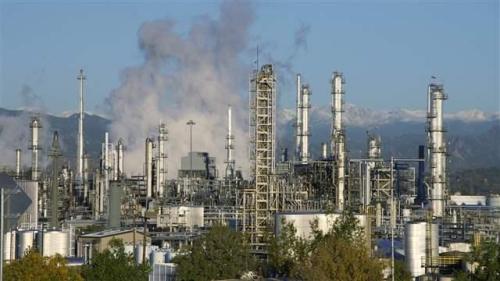
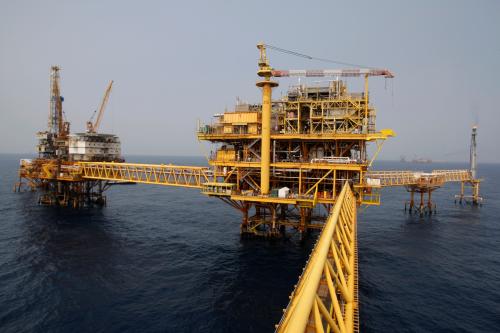
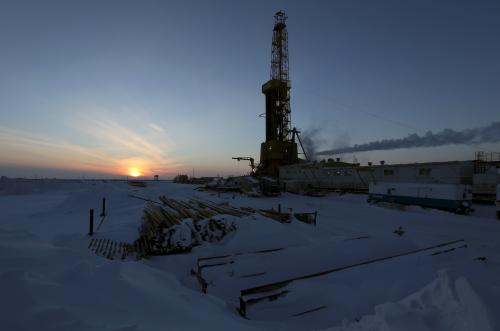

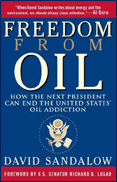


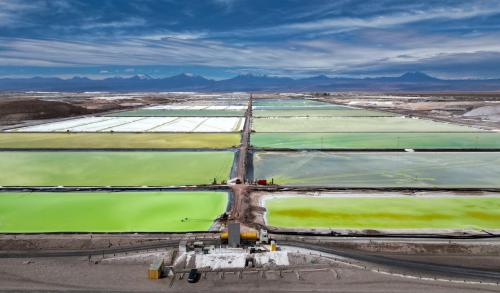

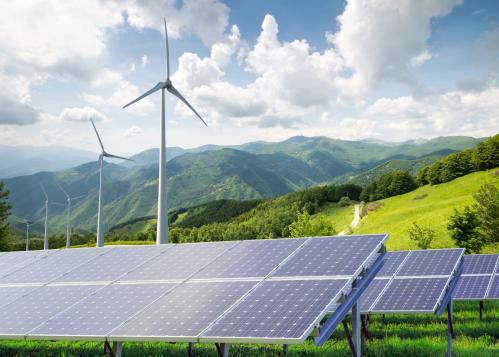
Commentary
Op-edWhy is today’s oil market, a ‘no mans’ land?
May 1, 2017